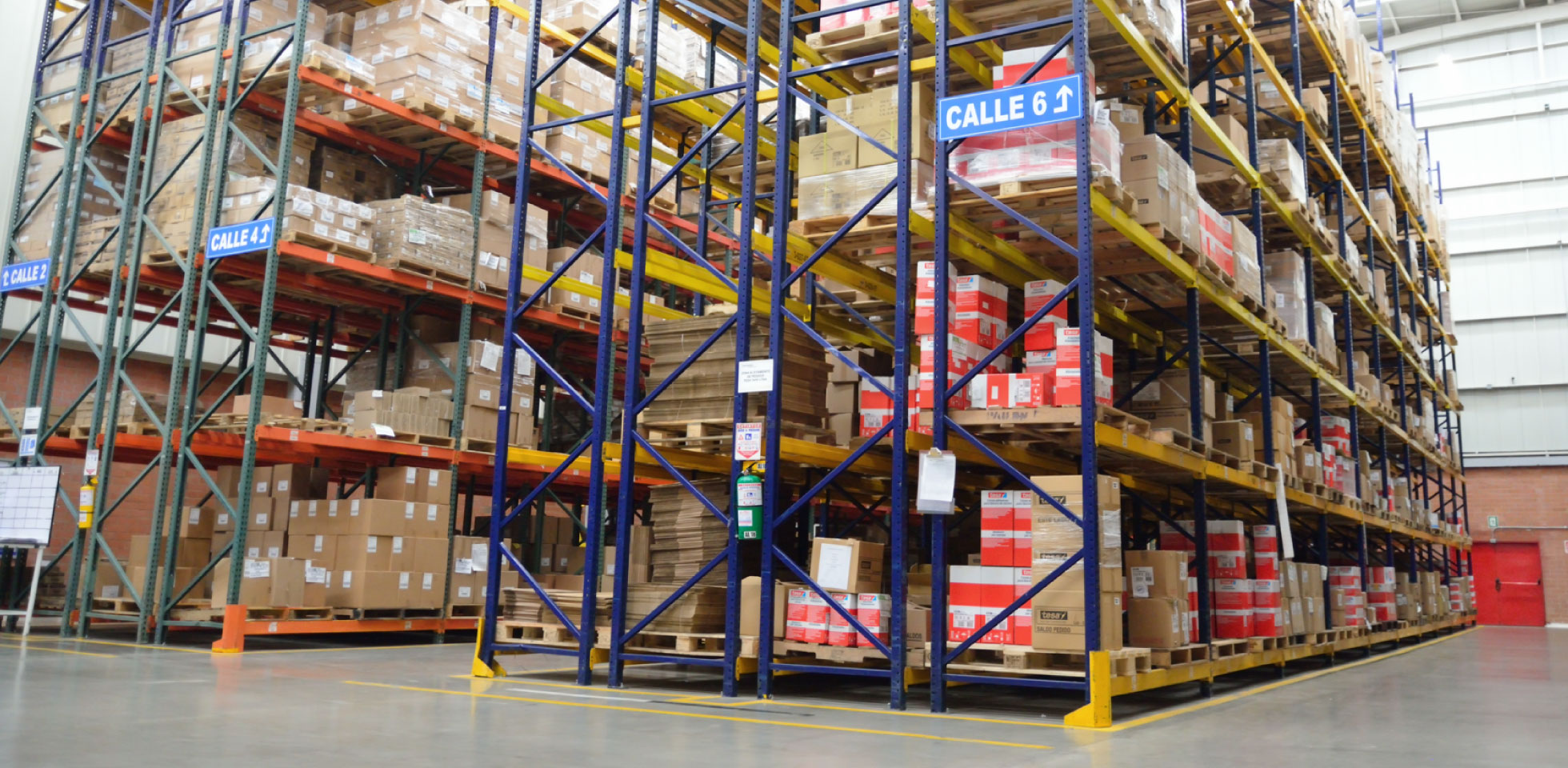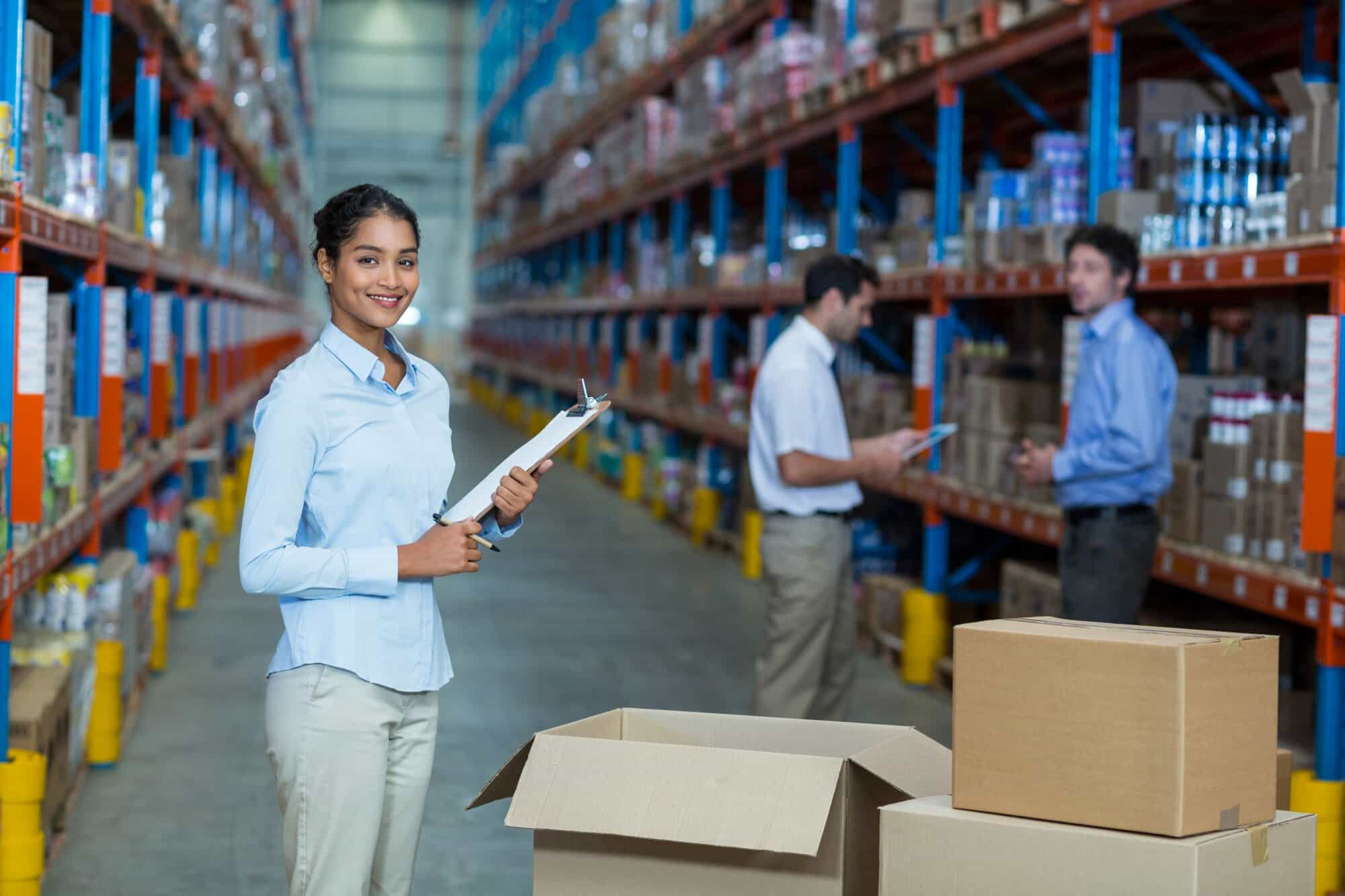In the logistics environment, volumetric weight has long been a fundamental concept for optimizing the transport and storage of goods. But what exactly is volumetric weight? Volumetric weight or volume weight is the calculation of the space occupied by a good within the means used for its shipment (van, truck, train, plane, etc.), also taking into account its dimensions: width, length and height of the package (www.bdtrans.es). This measure allows logistics companies to determine precisely the space that a load will occupy and, therefore, to calculate transportation costs more efficiently.
As technology advances and consumption patterns evolve, the future of volumetric weighing is shaping up to be an indispensable arena full of possibilities. In this article, we will explore the emerging trends and prospects that will shape volumetric weighing in tomorrow's logistics.
The technological revolution in volumetric weight calculation
The digital age is radically transforming the way volumetric weight is calculated and used. Increasingly sophisticated warehouse management systems (WMS) are integrating advanced volumetric weight calculation functions, enabling greater accuracy and efficiency in logistics planning.
Calculating volumetric weight correctly is very important, as it allows you to choose the form of transport that best suits your needs and even save possible cost overruns on shipments." This statement becomes even more relevant in the context of new emerging technologies. (www.bdtrans.es)
Artificial Intelligence and Machine Learning
In this technological landscape, artificial intelligence (AI) and machine learning are revolutionizing volumetric weight calculation. These advanced systems can analyze historical shipment patterns and more accurately predict the volumetric weight of future loads, enabling more efficient planning of logistics resources.
For example, AI algorithms can learn from thousands of previous shipments to optimize the way volumetric weight is calculated for different types of products and packaging. This not only improves accuracy, but also allows companies to anticipate potential challenges and proactively optimize their shipping routes.
3D scanning and augmented reality
In parallel, 3D scanning and augmented reality technologies are gaining ground in the logistics industry. These tools enable automatic and accurate sizing of cargo, eliminating human error and optimizing volumetric weight calculation.
3D scanners can capture the exact dimensions of a package in a matter of seconds, while augmented reality can help warehouse workers visualize the best way to stack and organize cargo to maximize available space. These technologies improve accuracy and significantly increase operational efficiency.
Changes in consumer patterns and their impact on volumetric weights
As we move forward in our exploration, it is necessary to consider how consumption habits are rapidly evolving, and with them, the nature of the goods transported. The rise of e-commerce and the demand for fast delivery are creating new challenges and opportunities in relation to volumetric weight.
Understanding these logistical needs starts with knowing the right way to measure the dimensions and weight of your merchandise in order to obtain competitive quotes. This knowledge becomes even more crucial in an ever-changing marketplace. (Blog- dripcapital)
Lighter and greener packaging
In this evolving context, growing environmental awareness is driving the adoption of lighter and more sustainable packaging. This trend not only reduces environmental impact, but also has significant implications on the calculation of volumetric weight, favoring more efficient shipments.
New packaging materials, such as biodegradable plastics or mushroom-based packaging, are changing the rules of the game. These materials are lighter, which directly affects volumetric weight and can also be compressed or expanded as needed, adding a new dimension of flexibility to the volumetric weight calculation.
Customization and customized products
Demand for customized and tailor-made products is also on the rise. This trend challenges traditional methods of calculating volumetric weight, requiring more flexible and adaptable approaches.
Customized products often have irregular shapes and sizes, complicating the standard volumetric weight calculation. Logistics companies are responding to this challenge by developing more sophisticated algorithms that can handle greater variability in product dimensions.
The future of volumetric weight in different transport modes
Continuing our analysis, it is important to note that the impact of volumetric weight varies by mode of transport, and each sector is undergoing its own transformations.
Air transport: space optimization and new standards
In air transport, where space is particularly valuable, new standards are being developed for calculating volumetric weight. Airlines use volumetric weight to determine the cargo rate, as space on a cargo aircraft can be limited. In the future, we are likely to see greater granularity in these calculations, allowing for even more efficient utilization of airspace. (Blog- Across Logistics)
Airlines are exploring the use of modular cargo containers that can dynamically adjust according to the volumetric weight of cargo. This would allow real-time optimization of cargo space, maximizing efficiency and potentially reducing airfreight costs.
Maritime transport: smart containers and modular cargo
Moving to the maritime domain, smart containers are gaining ground. These containers, equipped with sensors and IoT technology, can provide real-time data on volumetric weight and cargo distribution, optimizing stowage and improving safety.
Smart containers can measure and transmit information about the weight and dimensions of the cargo, they can also adjust their internal conditions (such as temperature and humidity) based on the type of cargo and its volumetric weight. This opens up new possibilities for the transport of sensitive or perishable goods.
Road transport: autonomous vehicles and dynamic loading
In ground transportation, the advent of autonomous vehicles promises to revolutionize the way volumetric weight is calculated and managed. Dynamic loading systems could adjust weight distribution in real time, maximizing transportation efficiency.
Imagine autonomous trucks that can redistribute their load while in motion, based on real-time data on volumetric weight and road conditions. This would not only optimize fuel consumption, but also improve the safety and efficiency of ground transportation.
Challenges and opportunities on the horizon
As we move into the future of volumetric weighing, both challenges and opportunities arise for the logistics industry.
Global standardization
One of the main challenges will be the global standardization of volumetric weight calculation methods. As international trade becomes more complex, the need for a common language in terms of volumetric weight becomes more pressing.
The lack of uniform standards can lead to discrepancies in calculations and thus inefficiencies in the global supply chain. International logistics organizations are working on developing universal standards for calculating volumetric weight, which could revolutionize the way international freight is planned and executed.
Training and adaptation
In this context, continuous training of logistics professionals becomes indispensable. The ability to adapt to new volumetric weight calculation tools and methodologies will be essential to remain competitive in the marketplace.
Leading logistics companies are investing in advanced training programs that combine traditional logistics knowledge with skills in data analysis and new technologies. This novel approach to training will enable industry professionals to take full advantage of new volumetric weight calculation tools and methods.
Sustainability and efficiency
Last but not least, the future of volumetric weight is intrinsically linked to the quest for greater sustainability in logistics. Companies that succeed in optimizing volumetric weight will improve their operational efficiency and reduce their carbon footprint.
Optimizing volumetric weight can lead to a significant reduction in the number of trips required to transport goods, which translates directly into lower CO2 emissions. In addition, new volumetric weight calculation technologies can help companies choose the most environmentally friendly modes of transport for each shipment.
Redefining Volumetric Weighing
The confluence of technological advances, changing consumption patterns and growing environmental awareness is redefining how we understand and use volumetric weight in the supply chain.
Companies that adapt to these emerging trends and take a proactive approach to volumetric weight optimization will be better positioned to thrive in tomorrow's logistics. The key will be to remain agile, innovative and focused on efficiency and sustainability.
As we move into this future, it is clear that volumetric weight will remain a central concept in logistics, but its calculation and application will evolve significantly. Companies that manage to master these new trends will not only optimize their operations, but also contribute to a more efficient and sustainable logistics industry.
At SOLISTICA, we are experts in optimizing every aspect of your supply chain, including volumetric weight calculation and management. Our innovative solutions can help you make the most of emerging trends, boosting your business efficiency and preparing you for the future of logistics. Don't wait any longer to make the leap to smarter, more sustainable logistics - contact us today and find out how we can transform your business together!






